Studying science in college opened my eyes to the unique creations of our world and the men, like Charles Darwin, who have studied nature’s secrets. So when I had the chance in Spring of 2010, I grabbed my camera and headed for the equator. The Galapagos, discovered in 1535, is an archipelago (a collection of volcanic islands) in the Pacific Ocean off the coast of Ecuador. The best way to experience them is to fly in and live on board a boat. While my stay was short and I made it to only half the islands, it is a place I never imagined getting to see firsthand.
One of the first stops I made was Santa Cruz Island where the Charles Darwin Research Station is located. The results of Darwin’s 1835 study of the Galapagos flora and fauna were published as “On the Origin of Species by Means of Natural Selection.” People from around the world have become involved with saving these land tortoises and other natural species of the Galapagos. For more information check out the Giant Tortoise Recovery Project part of the Galapagos Conservancy.
I did have the chance to see one the islands most famous inhabitants, Lonesome George, a Giant Galapagos Tortoise. These tortoises made an easy meal for whalers and others who visited the islands in the 1700 and 1800s and almost became extinct from over-hunting. George recently died at over a 100 years old, and originally was thought to be last of his kind. Genetic studies started in the last few years have been done on young tortoises similar to George and provide evidence that hybrids of George exist and have been born within the last 15 years (since George had been in his safe reserve). Are there more of George’s family (subspecies) still out there somewhere?
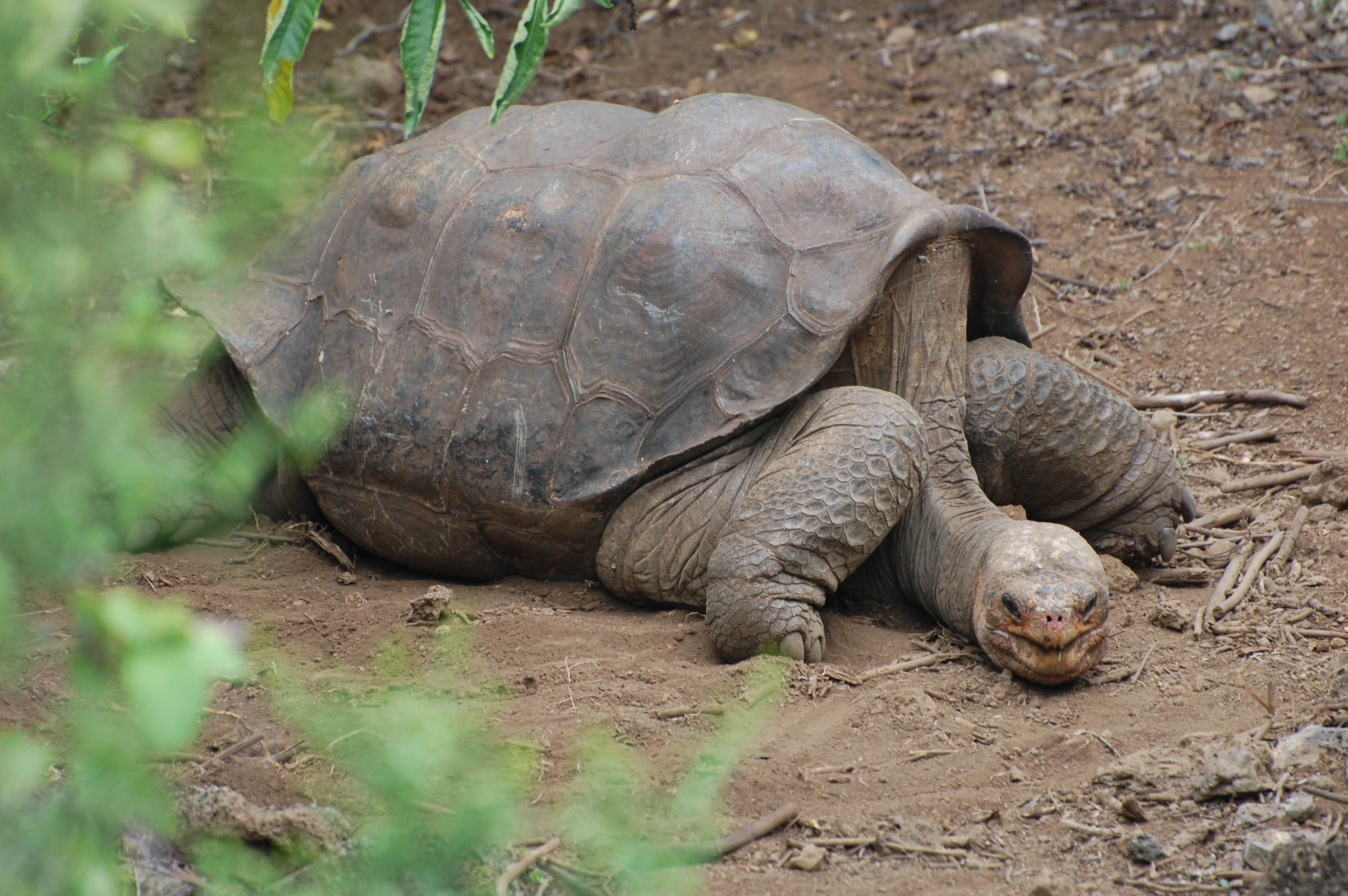
There are actually 14 subspecies that have been discovered over the years although according to “Birds, Mammal, and Reptiles of the Galapagos Islands An Identification Guide” by Andy Swash and Rob Still, only 11 still exist many unique to a particular in the Galapagos Islands (remember these are land tortoises, not the Green Sea Turtles which also inhabit the islands and love the water). There are two categories into which these tortoises fall and that is determined by the carapace (body shell). One is a dome-like carapace and the other is called saddleback.
The Charles Darwin Research center (Tortoise Breeding and Rearing Center) on Santa Cruz Island is hoping to restore the tortoise to the island where their habitat was wiped out by an introduced goat population. The photos below come from the rearing center.
Darwin studied not only the creatures of the Galapagos, but also the flora. The two prickly pear trees in the photos below survived perhaps by necessity by growing tall. They are quite unique to the islands.
The following photos give you an extra insight into the physical appearance, slow movement, and daily life of the Galapagos Tortoises. Enjoy. If time and money ever permits, I’d love to go back someday and visit the other islands that I missed.

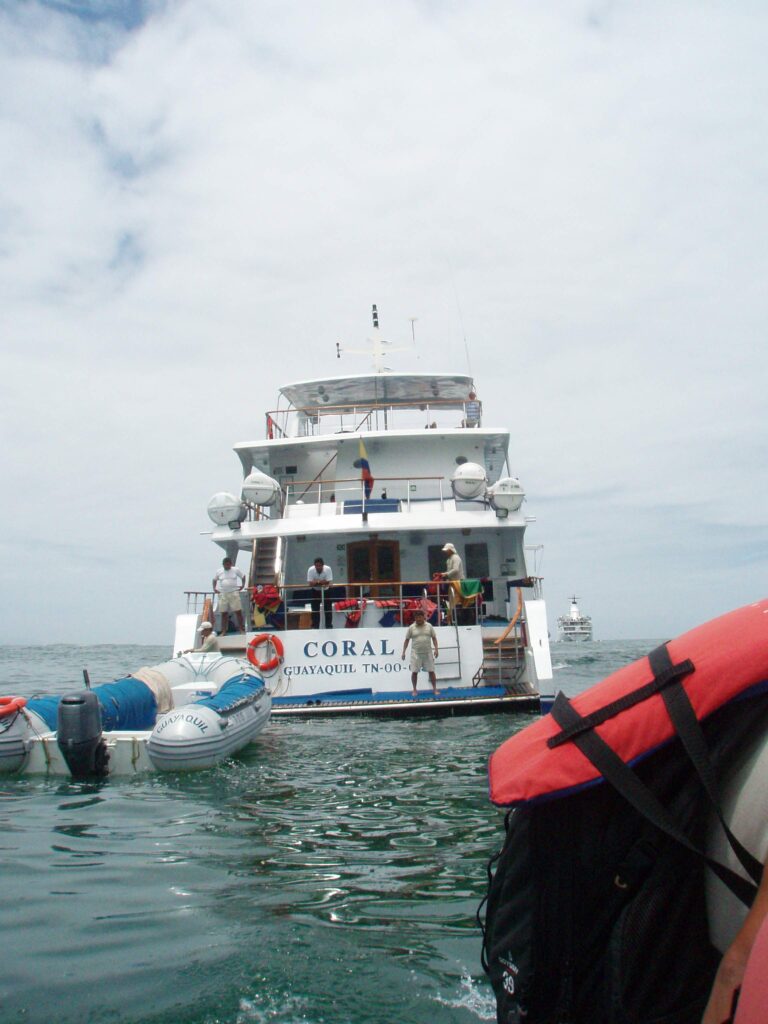
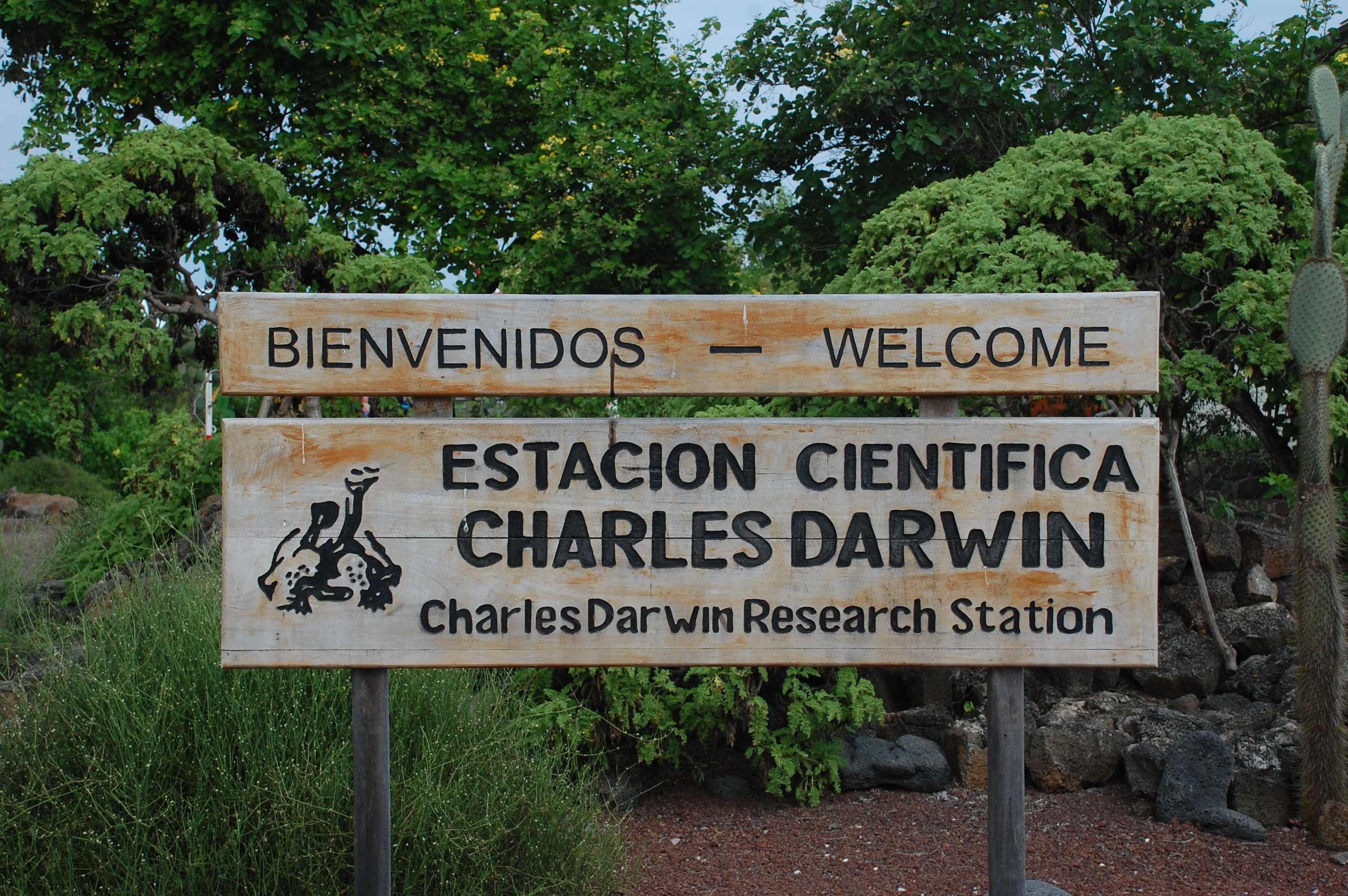
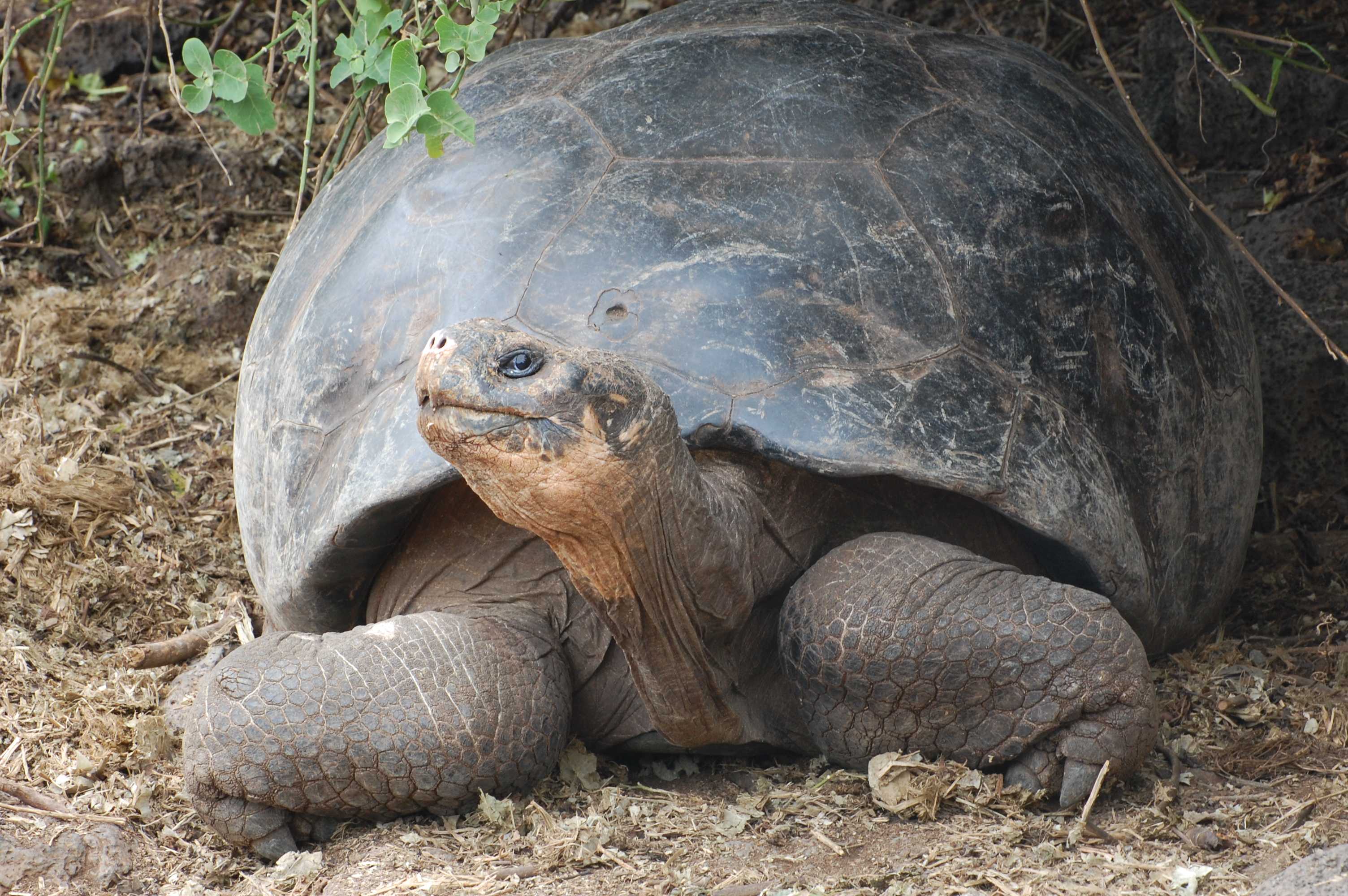
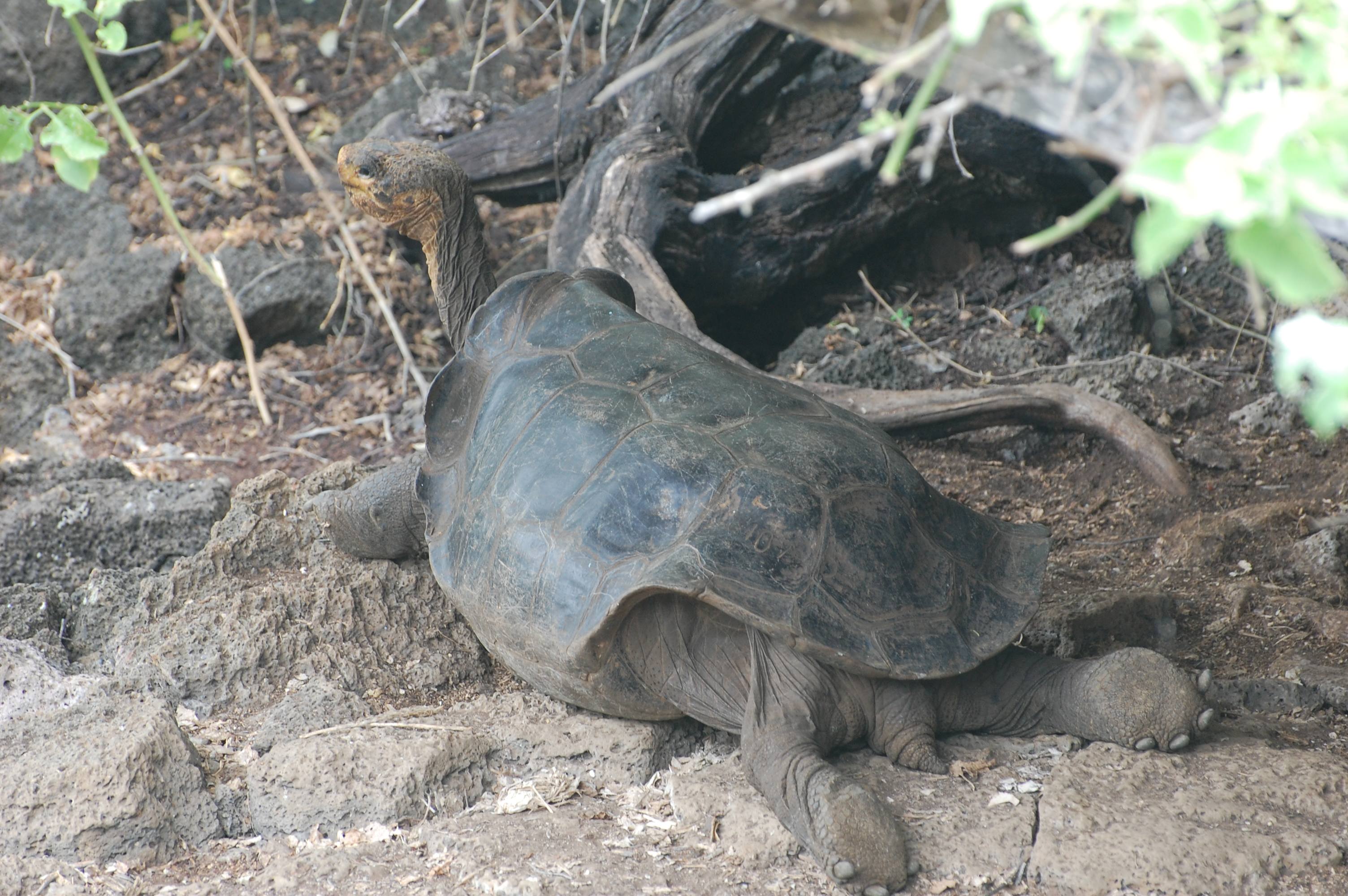
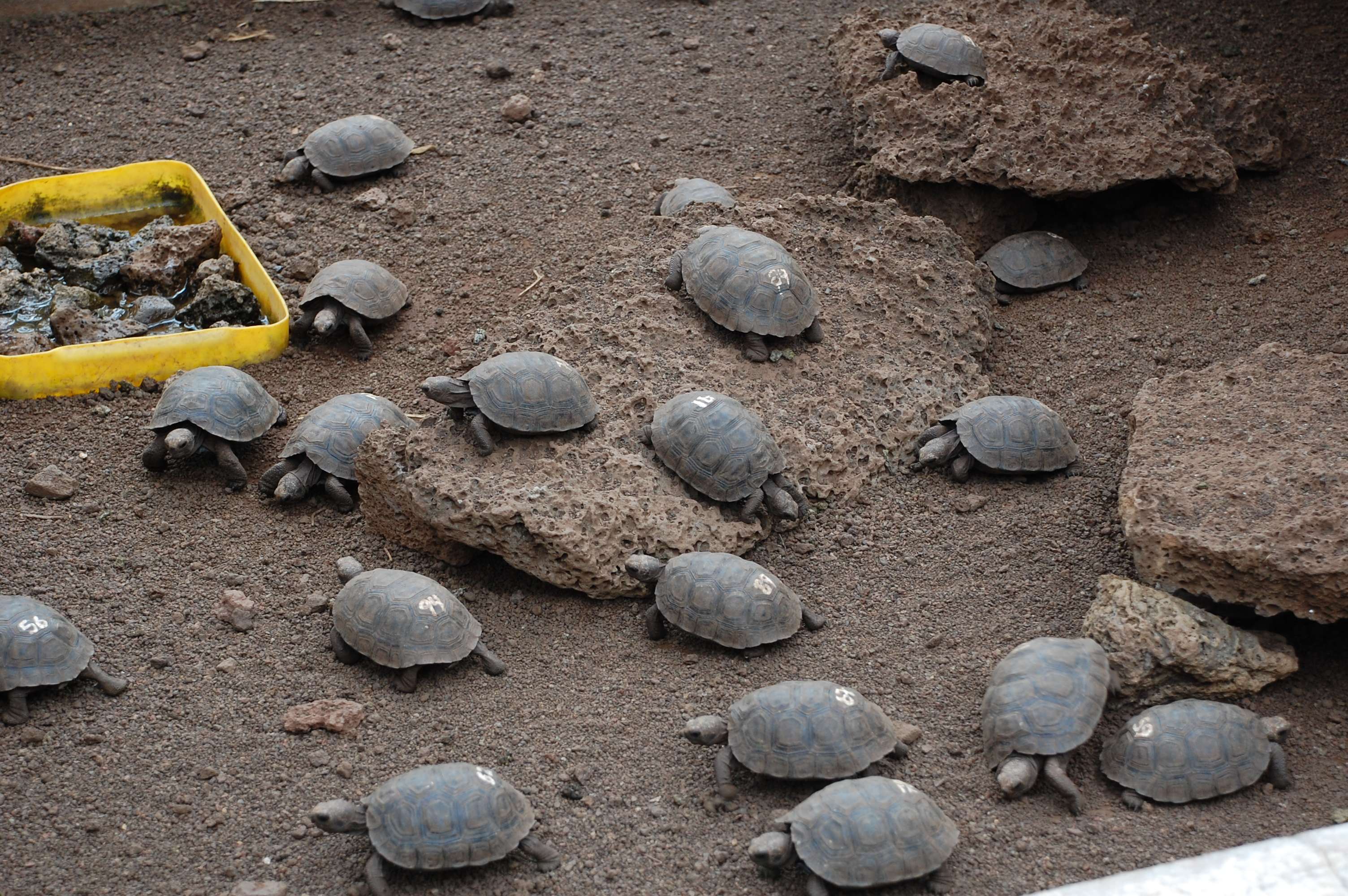
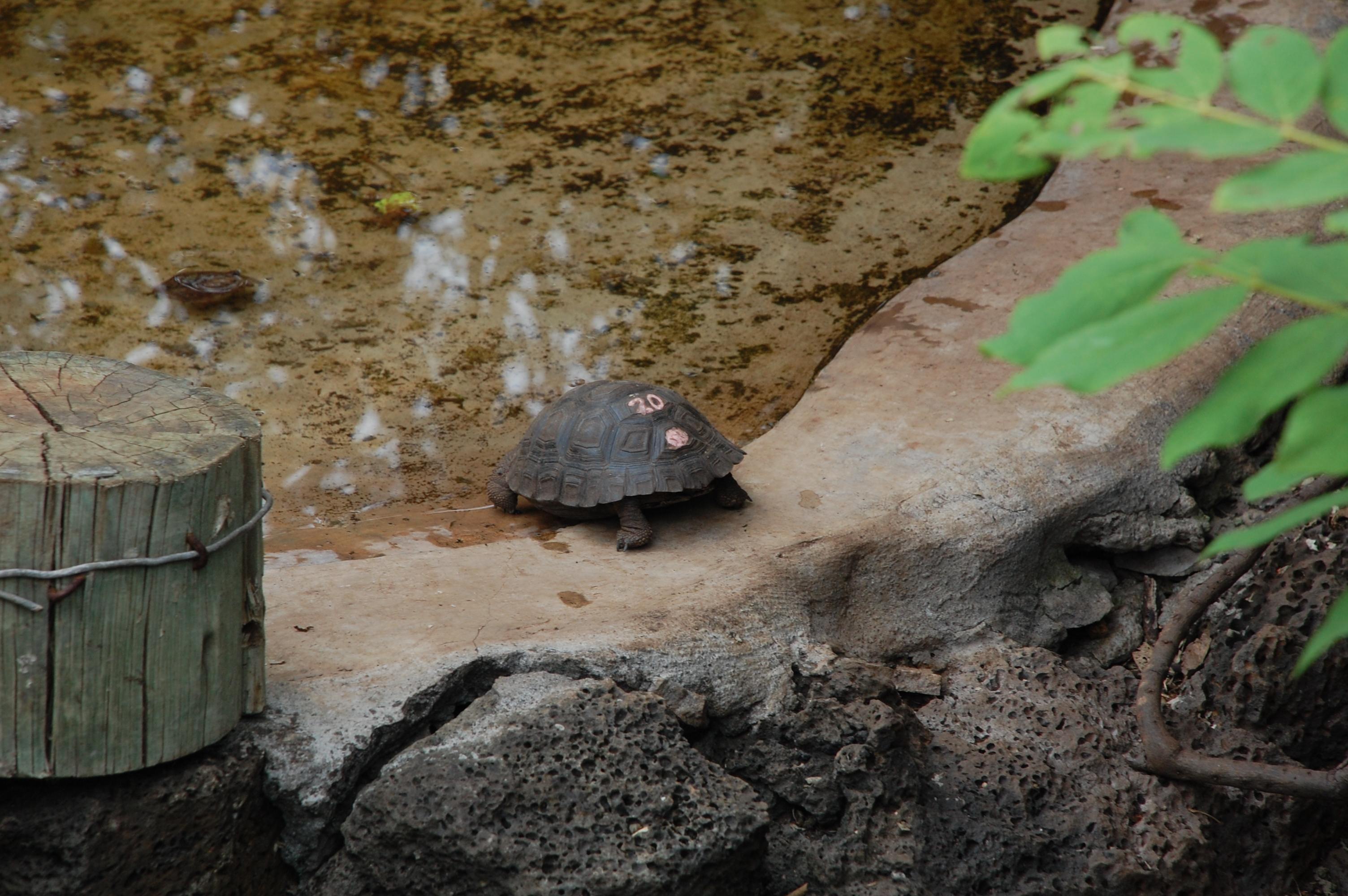

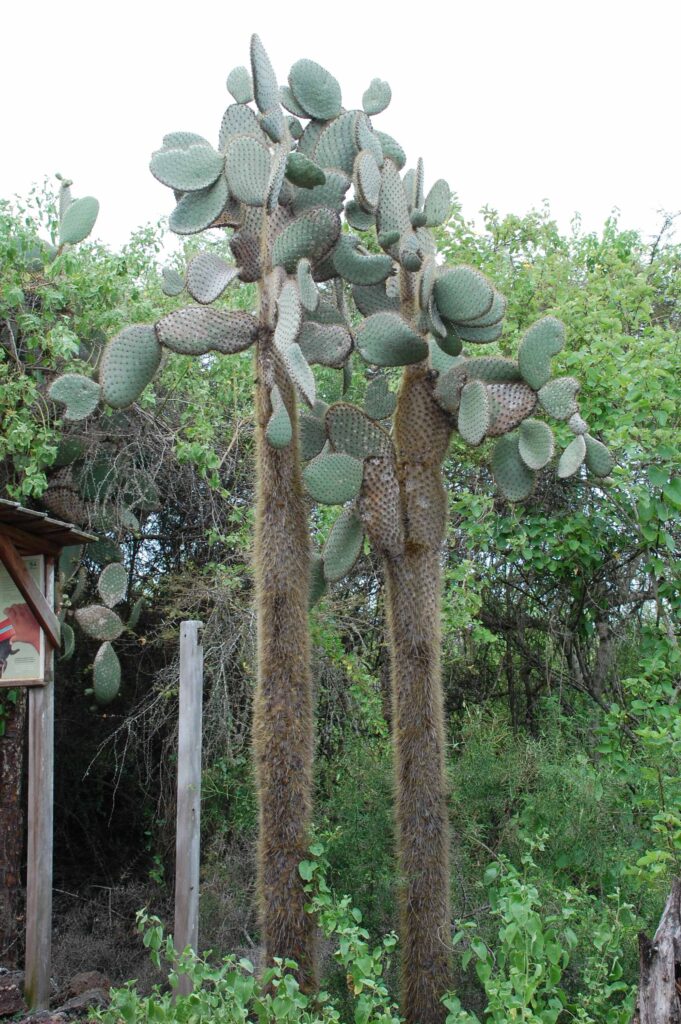
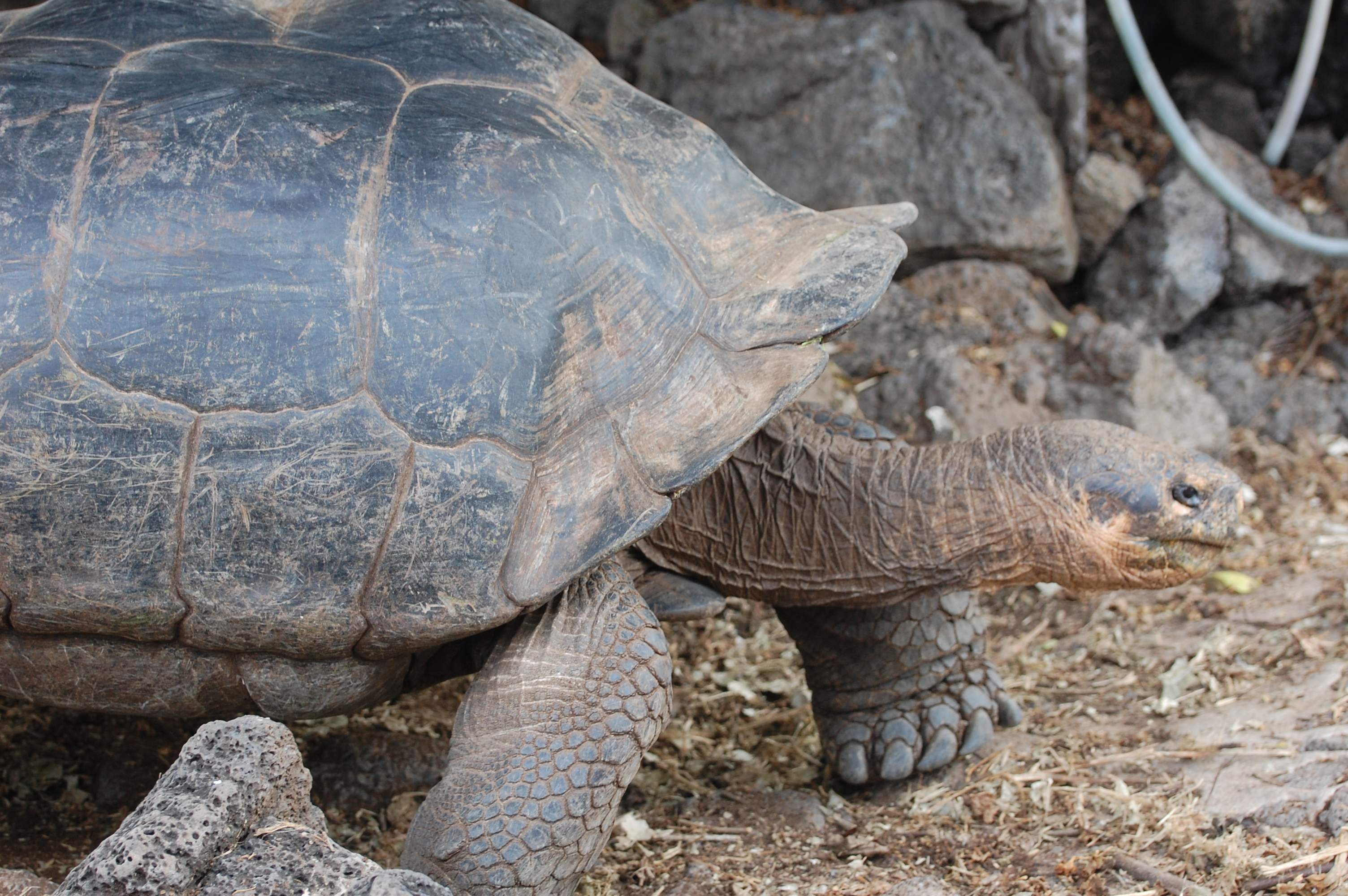

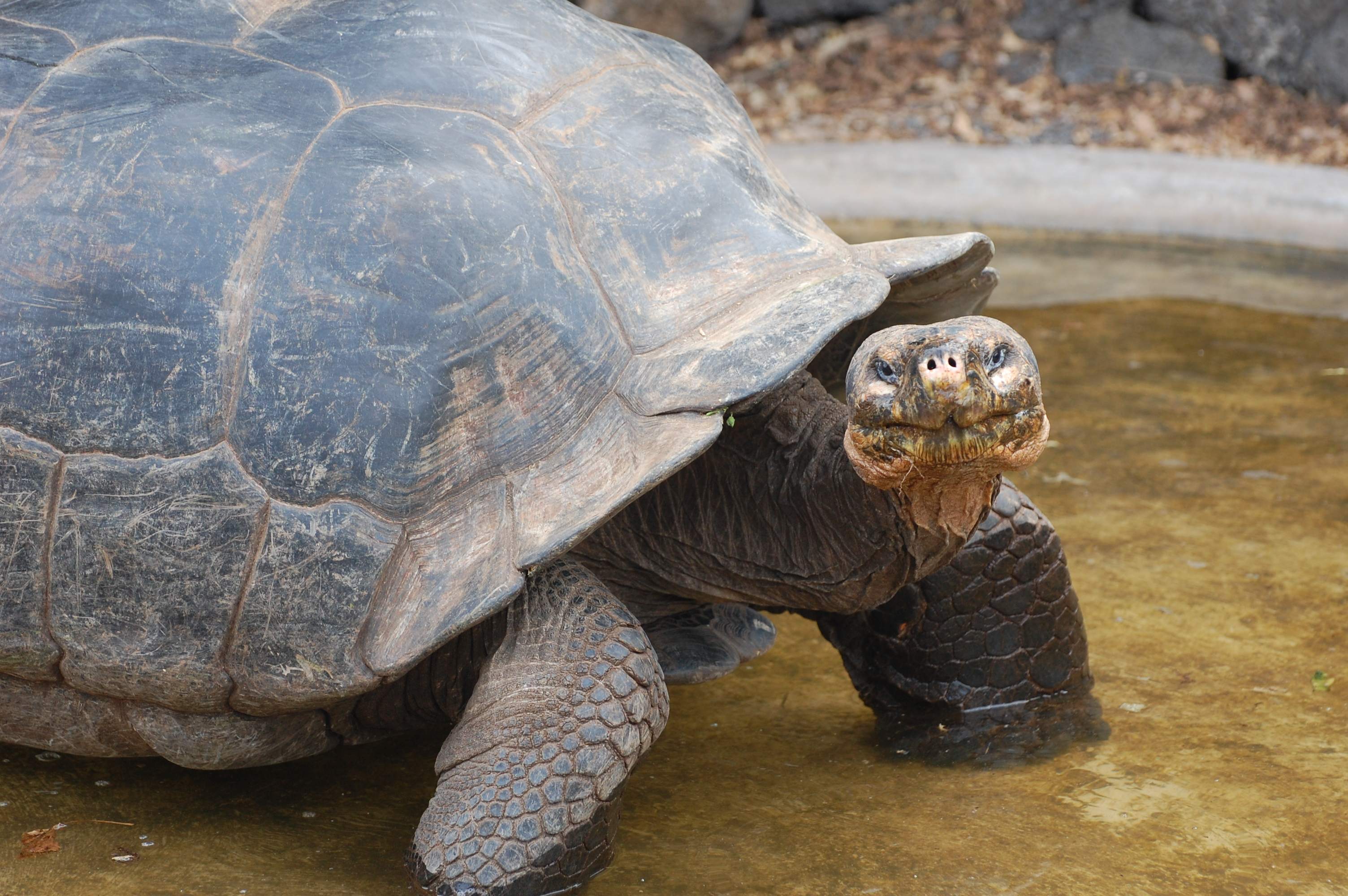

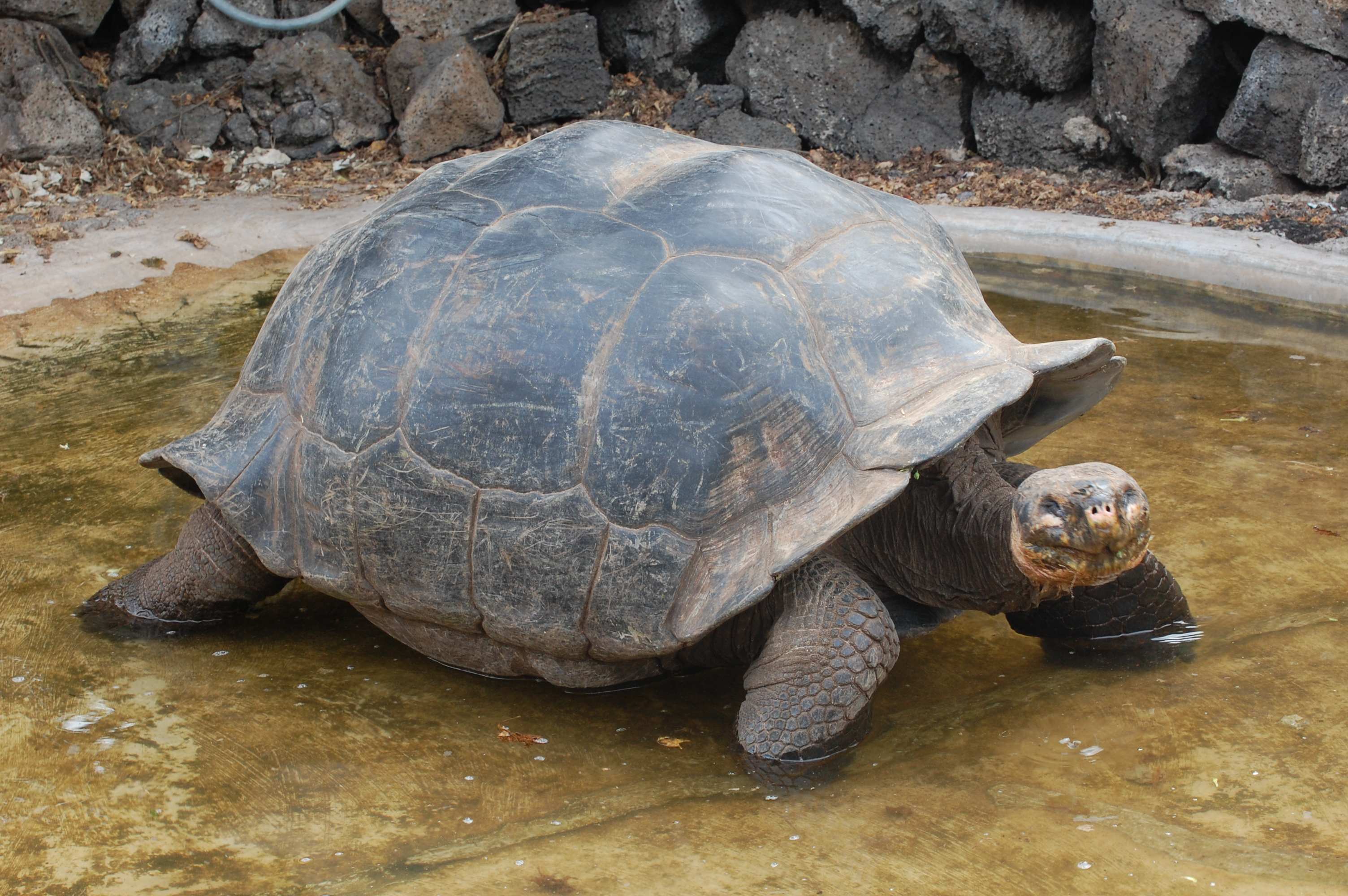

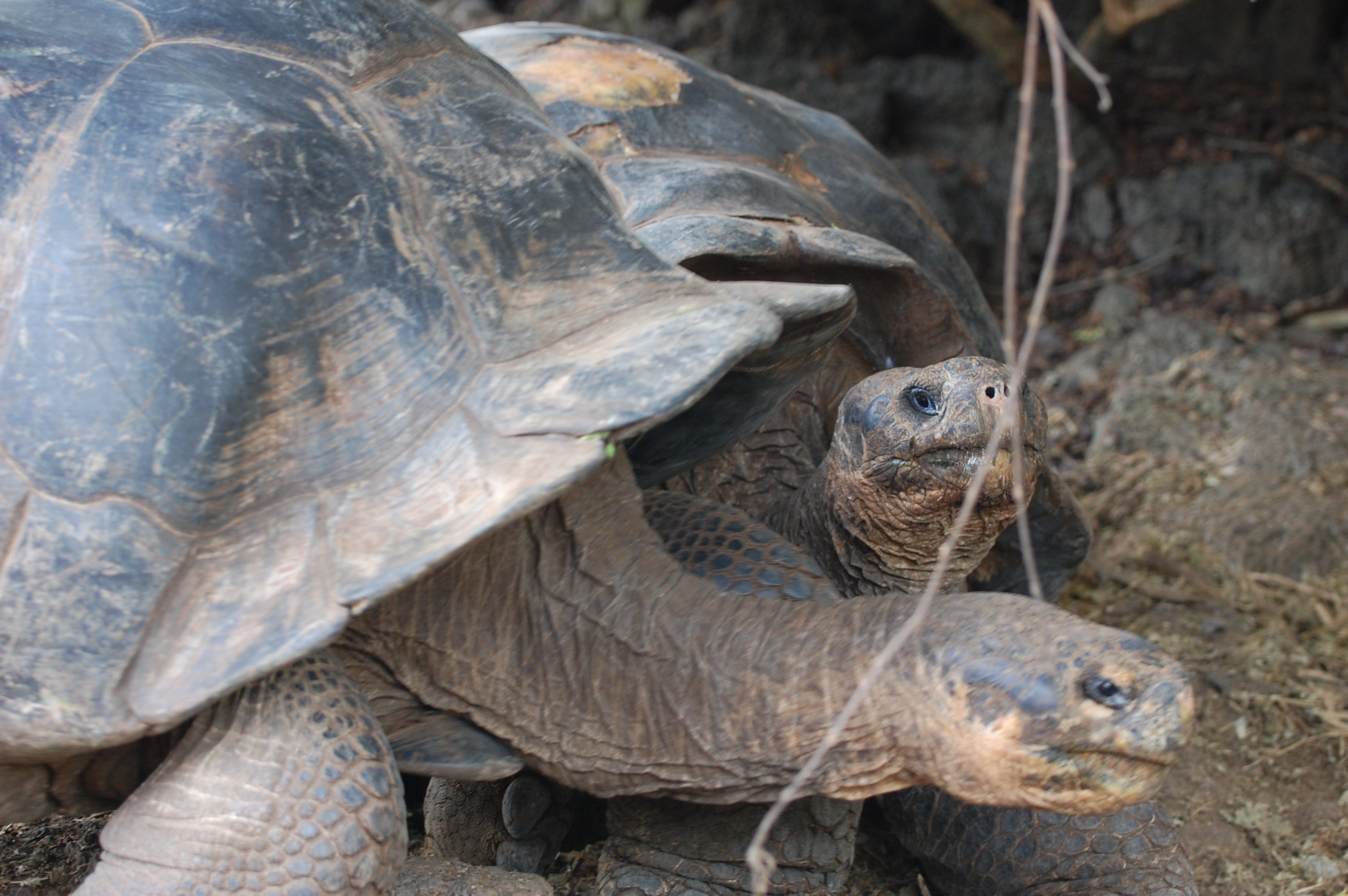
Awesome photos of a professional level! So incredibly cool. 🙂
Thanks, Julie.